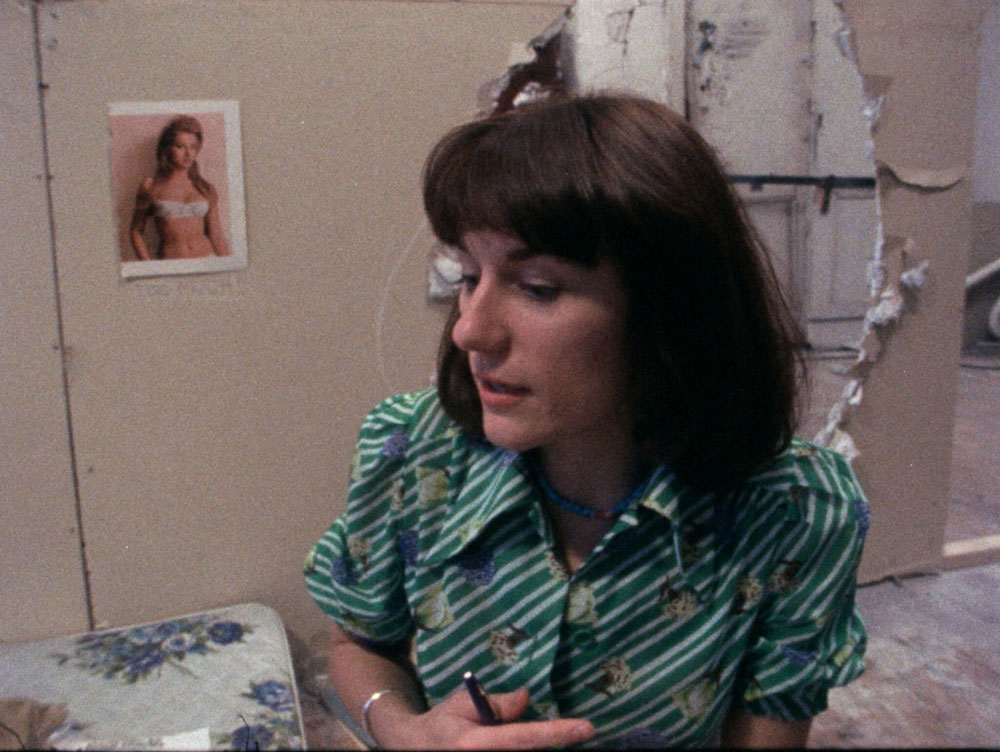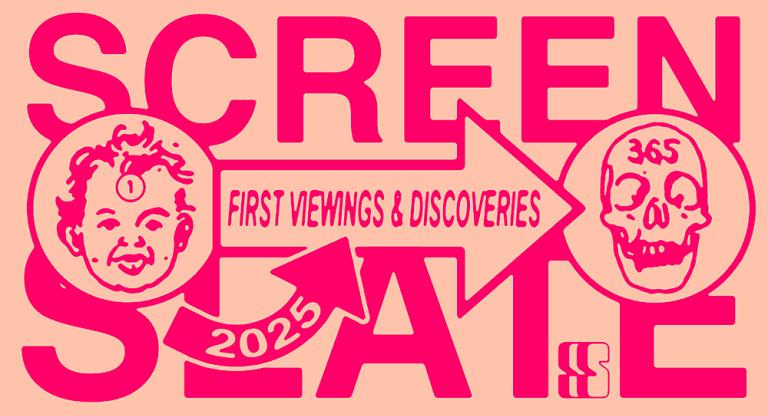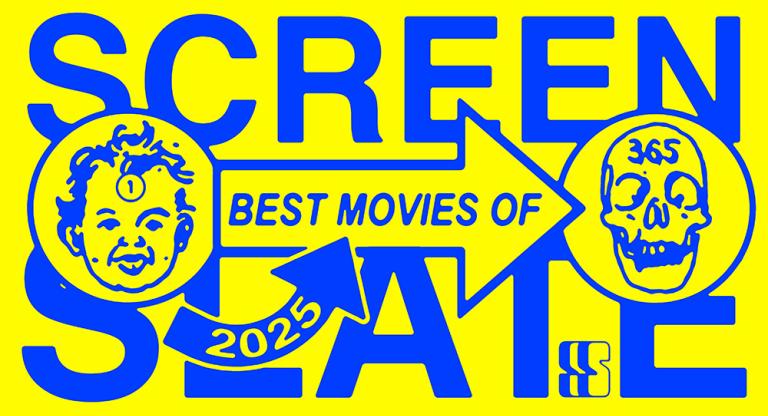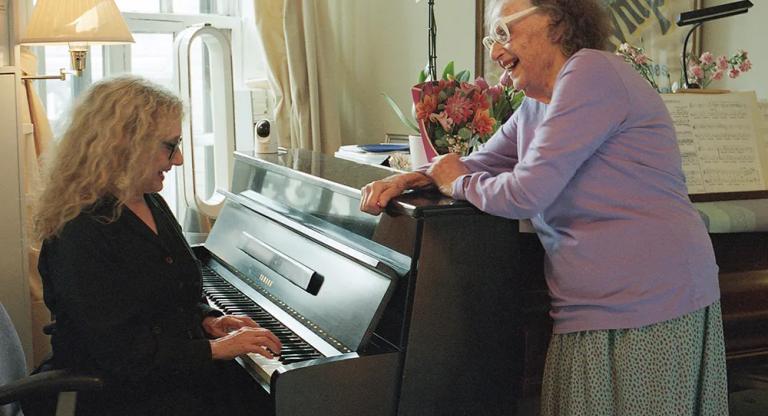In 1975, one year before Martha Coolidge’s Not a Pretty Picture premiered at The Whitney Museum of American Art, feminist journalist and activist Susan Brownmiller coined the term “date rape.” The concept was not more broadly researched and discussed until the 1980s, a decade during which raunchy teen comedies—some of which depicted such types of sexual violation as innocent, impish fun—reigned supreme in youth culture. In this context, Not a Pretty Picture feels like both a corrective and a warning, a work of meta-narrative that reflects on the perils of adolescent girlhood without rose-colored glasses. Blending documentary with dramatization, Coolidge revisits a sexual assault that she experienced in high school by closely collaborating with a young lead actress—who herself survived a similar assault—to recreate the event and its aftermath. Together, they subvert both the conventions of coming-of-age movies as well as commonplace notions about date rape and the dynamics that enable it to happen.
Michele Manenti plays Martha at age sixteen. She is a prep school student living in a dormitory with her roommate Anne, who is portrayed by her real-life counterpart Anne Mundstuk, Coolidge’s longtime friend. Although she is older than the rest of the cast, Mundstuk appears to have easily slipped back into the teenaged version of herself. Throughout the film, she leads the other girls in the dorm in mischievous late-night talks about boys and sex. It’s the kind of juvenile chit chat that’s paradoxically raunchy and innocent, revealing the girls’ sexual curiosity while also exposing their naïveté. Martha relays to Anne that she intends on getting a ride to New York with four schoolmates to attend a party, chaperoned by the older brother of a friend. The teens pick up booze and pile into a car driven by Curly (Jim Carrington), a crude older acquaintance of theirs who raises Martha’s antenna during the trip with his casually racist and sexist observations.
The promise of a cool party filled with sophisticated twenty-somethings is quickly dashed when Martha discovers the group planned on squatting in an unoccupied run-down apartment all along. It is here that the dramatization is interrupted by behind-the-scenes footage of Coolidge preparing for the pivotal assault scene with the actors. Coolidge directs Manenti and Carrington, who have a trusting enough relationship that allows them to safely push one another to the edge, gradually escalating the physical and emotional struggle in the scene. The rehearsals are punctuated by frank discussions about sexual violence, with Coolidge and Manenti sharing their experiences and reactions to their respective assaults. In participating in this project, Manenti shares that she hopes to tap into the memory of her rape, which she feels she has repressed to her detriment. Carrington, in stark contrast to his character, shares his own relationship to the material with sensitivity. He acknowledges that many of the young men he grew up with likely violated girls and did not consider their behavior to be rape at all. He also confesses his shock at how much he was able to identify with Curly once he had fully embodied the role of the physical aggressor in his performance. It’s a raw conversation that feels astoundingly and unfortunately contemporary.
In a breath-taking moment, the complexity of this centerpiece sequence comes into focus as the camera turns to Coolidge, who is frozen as she watches a reenactment of her own traumatic experience (and Manenti’s as well) while also asserting some control over the event through her direction. Meanwhile, Manenti appears to have achieved some of the catharsis she was seeking in reinhabiting such a state. In one of the film’s interview segments, Coolidge explains how she didn’t come to understand what happened to her as “rape” until she was twenty-one and that she spent several years wondering whether there was someone inside of her that attracted predatory men. The staging and dissection of the characters’ motivations and reactions—from how young Martha/Michele freezes, fights back, and eventually relents, to how Carrington’s performance makes the predator’s manipulative orchestration of the night’s events obvious—seem to be a means for Coolidge to stand on the outside looking in and confirm for herself, and the viewers, that this was not her or any survivors’ fault. It is not clear if the making of Not a Pretty Picture was a healing exercise for either Coolidge or Manenti, or whether that was the intention in the first place. As we watch the twenty eight-year-old Martha gaze at the sixteen-year-old Martha, the distance between the two women collapses. Art may not be able to close the door on such an incident, but it may help dig out enough of a tunnel ahead in order to keep going.
Not a Pretty Picture runs through February 8 at Anthology Film Archives, as part of a revival run showcasing the film’s new digital restoration.



